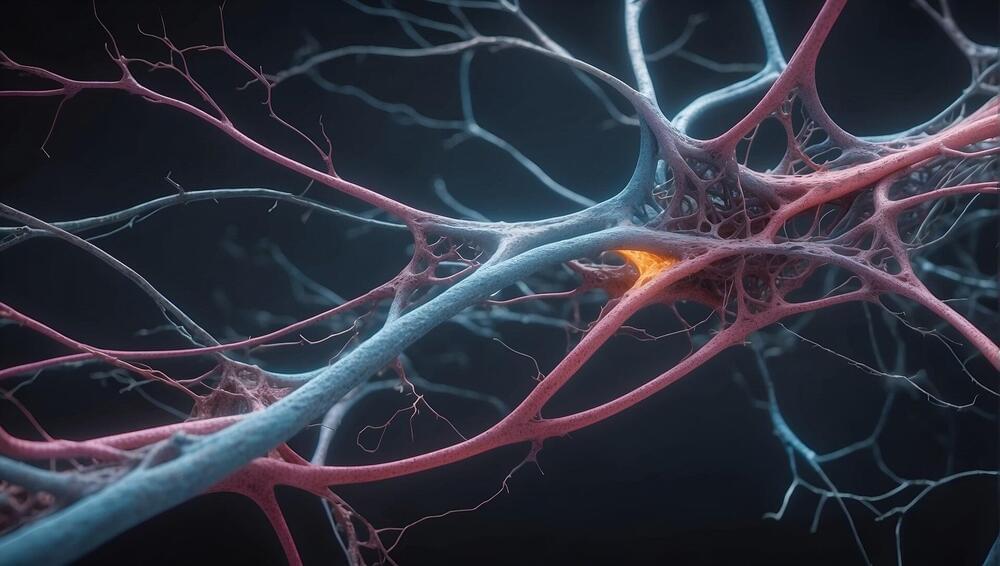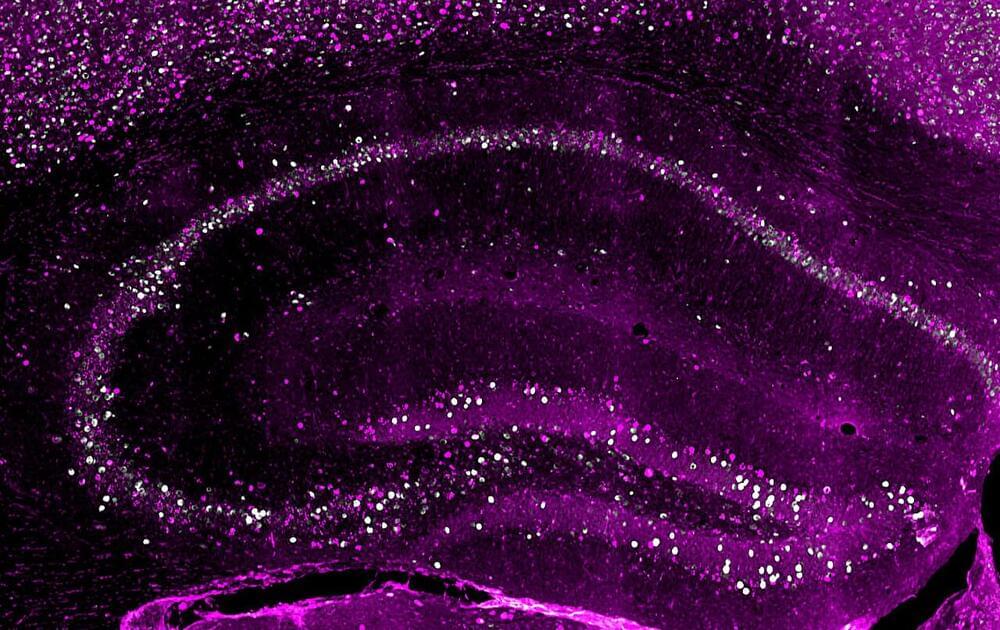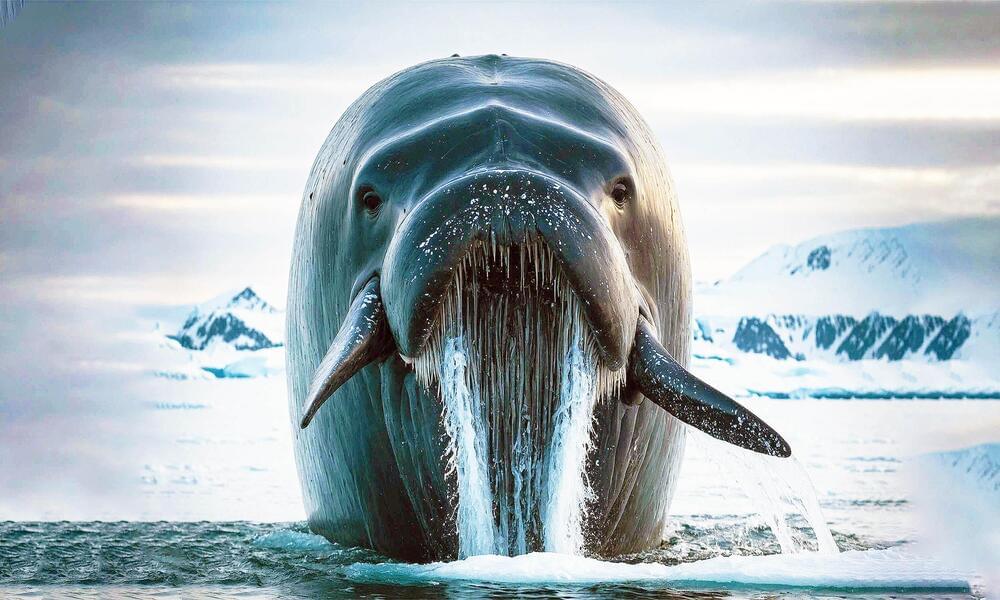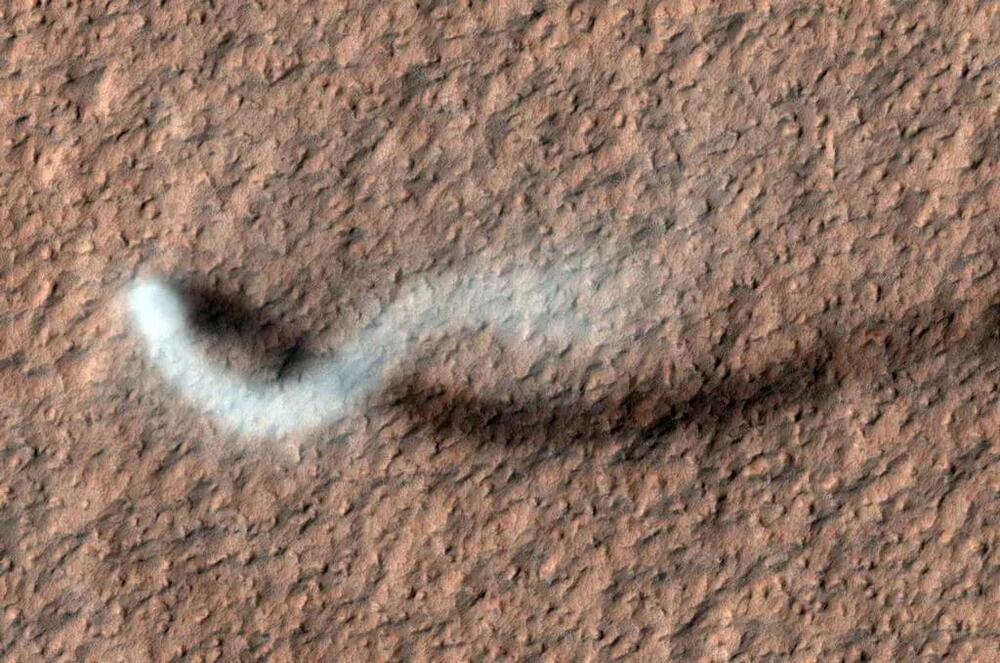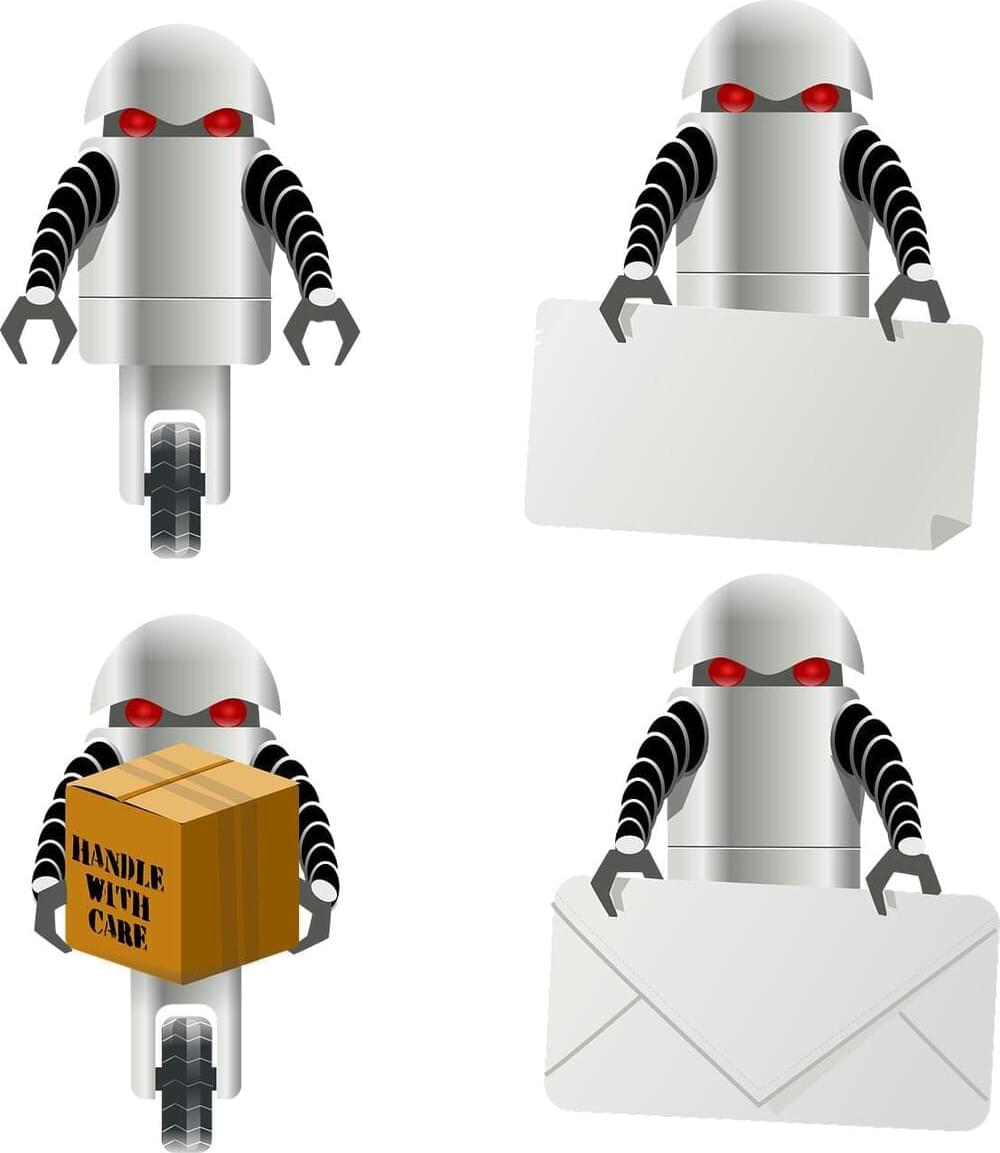Aug 15, 2024
Linux Kernel Vulnerabilities Expose Systems to Privilege Escalation: Flaws Detailed and Exploit Code Released
Posted by Saúl Morales Rodriguéz in categories: computing, security
Security researchers disclosed PoC exploit codes for three vulnerabilities (CVE-2023–4206, CVE-2023–4207, and CVE-2023–4208) in the Linux kernel, impacting versions v3.18-rc1 to v6.5-rc4. These “use-after-free” vulnerabilities within the net/sched component could allow local privilege escalation, enabling attackers to gain unauthorized control over affected systems. The vulnerabilities have been given a CVSS score of 7.8, indicating their high severity.

